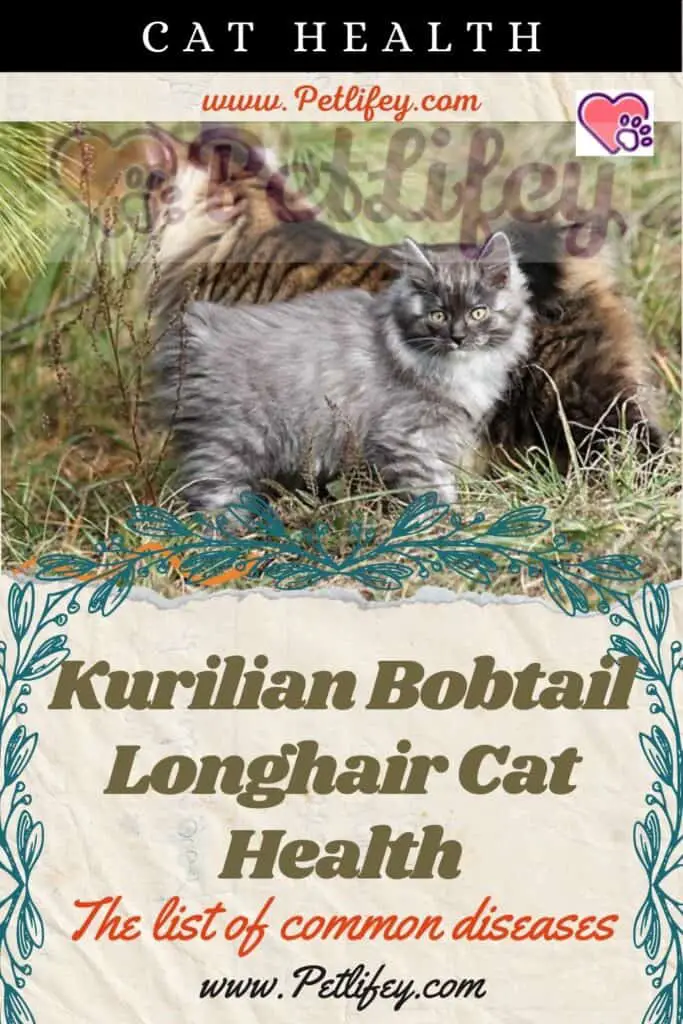Here is everything you need to know about the health of the Kurilian Bobtail Longhair to ensure that this cat’s life is long and peaceful.

Taking care of the health of our Kurilian Bobtail Longhair is essential to ensure that our four-legged friend spends as much time as possible by our side. Let’s discover together the symptoms, causes and treatment of the most common diseases in this breed.
Health of the Kurilian Bobtail Longhair

The Kurilian Bobtail Longhair is a long-lived cat that tends to be in good health.
Suffice it to say, in fact, that the average life span of these specimens is between 15 and 20 years.
Given the robustness of the breed’s genetic heritage, tempered by the hostile environment in which it lives, there are no particular hereditary diseases these cats suffer from.
In any case, the Kurilian Bobtail Longhair is not free from a series of diseases common to all domestic felines, which include:
- Allergies
- Disorders of the oral cavity
- Feline Leukemia Virus
Allergy
Allergy is among the most common ailments that can affect the health of all cats, including Kurilian Bobtail Longhair specimens.
Among the main symptoms of this disease are:
- Itching
- Skin irritation
- Loss of hair
- Generalized malaise
- Asthma
The causes of allergy in cats can be varied. Your cat, for example, may be intolerant to certain plants or foods, as well as fleas and even humans.
For this, it is essential to identify the substance that causes the disorder in the animal, and then intervene through the use of a specific therapy, such as the use of antihistamines and cortisone.
Disorders of the oral cavity
Among the health problems that could occur in the Kurilian Bobtail Longhair there are disorders of the oral cavity.
These include, for example, stomatitis, gingivitis and periodontitis. To avoid the accumulation of plaque and tartar, it is essential to take care of the cat’s oral hygiene daily.
As? Brushing the teeth of the four-legged with special brushes and toothpastes, or using a spreadable cleaning paste, to be distributed on the teeth of the feline.
Feline Leukemia Virus
Finally, a serious disease that could compromise the health of the Kurilian Bobtail is feline leukemia.
It is an infectious disease that is mainly transmitted through blood, saliva and secretions. It manifests itself through the following symptoms:
- Weakness
- Breathing problems
- Slimming
- Swelling of the lymph nodes
- Fever
- Anemia
Unfortunately, there is no definitive cure for this condition. The virus, in fact, causes the progressive weakening of the cat’s immune system. The only possible treatment is to periodically monitor the health of the Kurilian Bobtail Longhair.
What is the life expectancy of a cat with feline leukemia? Depending on the stage of the disease, the cat can survive from 4 weeks to 3 years.
Among the precautions to be taken to avoid the onset of this pathology, there are the castration or sterilization of the animal, as well as vaccination.






